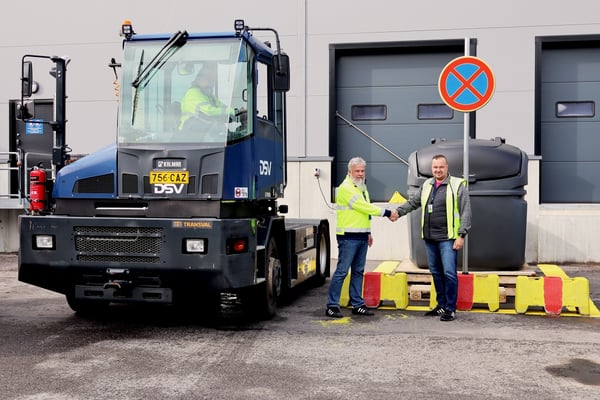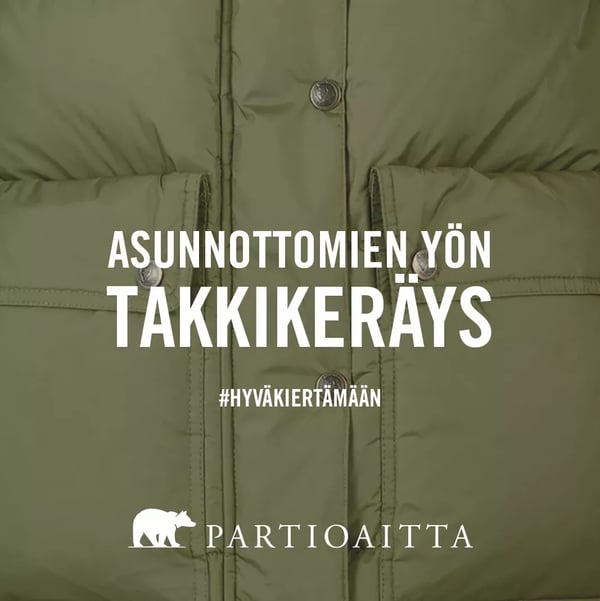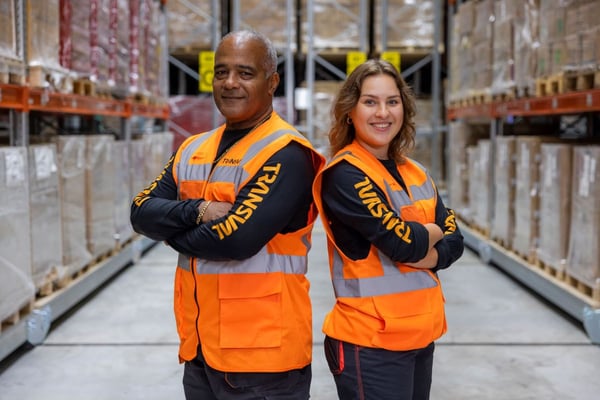Appropriate packaging decreases transport damages, increases transport safety, improves risk management, increases utilization rates, and supports loading the transport units.
Below, you can find checklists that help shippers and recipients handle seaworthy packaging. The checklists are also featured in the recently published Seaworthy packing guide and container loading planning instructions, which we compiled in cooperation with various stakeholders in transport chains. Download link to the guide can be found below in this article (Please note! The guide is in Finnish).
Checklist for the consignor/shipper
As the shipper, you should carefully familiarize yourself with the product and any related instructions. Packaging should not be handled routinely, and it is always a good idea to approach dangerous goods with care. Before departure, make sure labels and shipment documentation are in their designated places.
- Familiarize yourself with the product and make sure the product information is correct.
- Familiarize yourself with the guidelines: handling of the good and instructions given by the customer.
- Make sure that a shipment does not contain dangerous goods if it is classified as non-hazardous cargo.
- Select the appropriate packing method and make sure the product is properly secured and lashed, also inside the transport package.
- Take into account special needs of the cargo, such as corrosion protection.
- Mark the dimensions of the product (length x width x height) and weight (the product + transport package = gross weight) correctly in every parcel and shipment documentation.
- Make sure the labels are correct and clearly visible.
- Make sure the handling guidelines are correct and clearly visible.
- Take into account further handling of the cargo parcel/shipment.
- Make sure that the next handler of the product/shipment gets all the information he/she needs.
Checklist for the recipient
As the recipient, it is important that you check the goods and any recorded information. Act quickly when reporting external damage or abnormalities within the content. Safety is important: open the container doors carefully and ventilate any possible container gases.
- Check the goods when you receive them!
- Check the information recorded in the transport documents.
- Check the CTU from the outside. If you see damage, take a photo and report the damage immediately.
- Check the CTU for dangerous goods warning labels.
- Ensure safety when opening the CTU. There is a risk of things falling on the person opening the door
- Pay attention to possible container gases in the container transport: ventilate the container or measure the gas concentration always before entering the container and unloading the goods.
- Check if the shipment may contain undeclared or incorrectly declared dangerous goods.
- Report any suspicions and, if necessary, ask for help.
- Check if all the packages are in good condition. If not, take photos and make a complaint.
- Pay particular attention to complaint deadlines!
A packaging partner takes care of everyday operations for you
We at Transval know seaworthy packaging and follow the industry guidelines on our customers’ behalf.
”There is a lot to keep in mind when it comes to seaworthy packaging, for both the shipper and the receiver. As a packaging partner, we take care of it for you: we use seaworthy packing guidelines in our daily work and have specialized in ensuring that things are handled properly,” says Eero Valtonen from Transval’s packaging solutions sales.
 Contact Eero to discuss about suitable packaging solutions to your company: Eero.Valtonen@transval.fi tel. +358 50 382 5262
Contact Eero to discuss about suitable packaging solutions to your company: Eero.Valtonen@transval.fi tel. +358 50 382 5262











